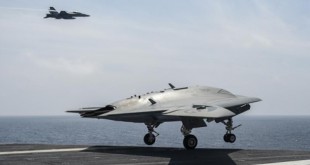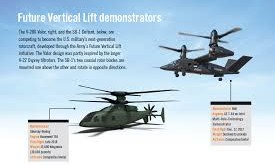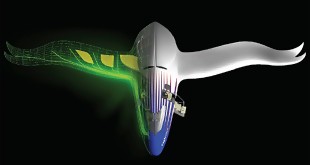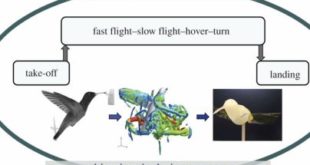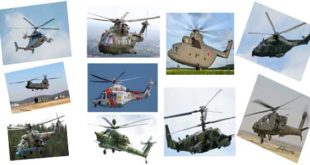Drones are increasingly making an impact on society and economy. Drones are used by the military for intelligence gathering, anti-aircraft target practice, and also for weapons platforms. They are also used for many civilian roles such as agricultural surveillance, mapping, tracking, search and rescue, traffic monitoring, firefighting, weather monitoring, engineering …
Read More »Sense and Avoid (SAA) technologies for Safe integration of Unmanned Aircraft Systems (UAS) into Civil Airspace
Unmanned Aerial Vehicles (UAVs) are growing at frentic pace driven by civil, consumer and military requirements. In order for a UAS to safely navigate in the already crowded aerial environment of the modern world, the U.S. Federal Aviation Administration (FAA) and other international organizations have mandated that unmanned aircraft must …
Read More »New technologies enable Very Long Range Air-to-Air missiles to reach targets at longer ranges, with heavier payloads and with greater precision
The Air-to-Air Missile (AAM) is a potent guided missile that changed the shape of aerial combat forever. Capable of destroying fast and maneuverable jet fighters at ranges sometimes exceeding 100 kilometers, these high-tech weapons dominate the skies. The probability of Aerial dogfights are becoming less in modern times, as US …
Read More »US Army demonstrates Manned-Unmanned Teaming capability for gaining Air Superiority in A2/AD Environment
US military is facing increasingly Anti-access /Area denial environment, a set of overlapping military capabilities and operations designed to slow the deployment of U.S. forces to a region, reduce the tempo of those forces once there, and deny the freedom of action necessary to achieve military objectives . Unmanned Air …
Read More »Next Quantum Cryptology (QKD) revolution is Quantum Communications between Drone and ground and between drones
Quantum cryptography is an emerging technology in which two parties may simultaneously generate shared, secret cryptographic key material using the transmission of quantum states of light. A unique aspect of quantum cryptography is that Heisenberg’s uncertainty principle ensures that if Eve attempts to intercept and measure Alice’s quantum transmissions, her …
Read More »Helicopter technology developments and trends driven by their rising employment in civil and military missions
The helicopter is a type of aircraft which is lifted and propelled by one or more sets of horizontally revolving overhead rotors. It has two rotors that spin several blades. A blade is a tilted airfoil, just like an airplane wing. As it speeds through the air, each blade generates …
Read More »Joint Multi-Role (JMR) helicopter program demonstrations to mature technology for future vertical lift (FVL) program
The US Army is pursuing plans to develop a family of future vertical lift aircraft that will be able to perform a variety of mission sets. Key to that effort is a technology maturation program which has Bell and a Sikorsky-Boeing team designing new aircraft. The precursor for FVL is …
Read More »Militaries develop Morphing military Wings and Aircrafts to provide optimal performance in reconnaissance to bombing missions
The design of aerodynamic airfoils is optimized for certain conditions. For instance, the shape of the wings of fixed-wing aircrafts are designed and optimized for a certain flight condition (in terms of altitude, speed, aircraft weight, etc.). However, these flight conditions vary significantly during the flight. Currently, aircraft are provided …
Read More »Micro and Nano UAVs technologies enable them to be employed with armies in battlefield
Militaries are now employing Micro, Mini & Nano UAVs into their operations. They provide situational awareness to a small group of soldiers by flying several stories above them for 10-20 minutes at a time before placed back into a pocket to recharge. These will be used to carry out tasks …
Read More »Military Helicopters demand advanced engines with improved fuel consumption, power, durability and cost for conducting a wide range of military missions and operations.
A helicopter, or chopper, is a type of rotorcraft in which lift and thrust are supplied by rotors. This allows the helicopter to take off and land vertically, to hover, and to fly forward, backward, and laterally. These attributes allow helicopters to be used in congested or isolated areas where …
Read More » International Defense Security & Technology Your trusted Source for News, Research and Analysis
International Defense Security & Technology Your trusted Source for News, Research and Analysis



